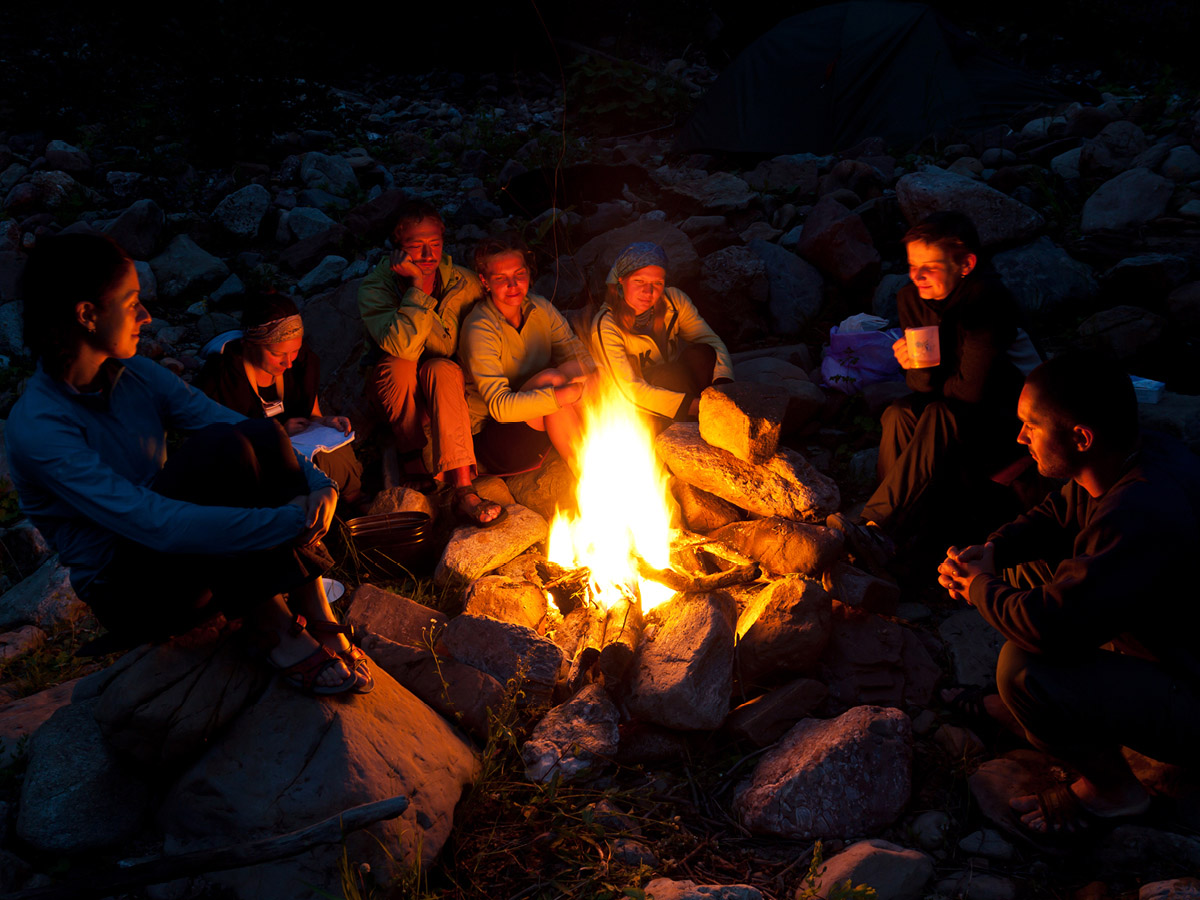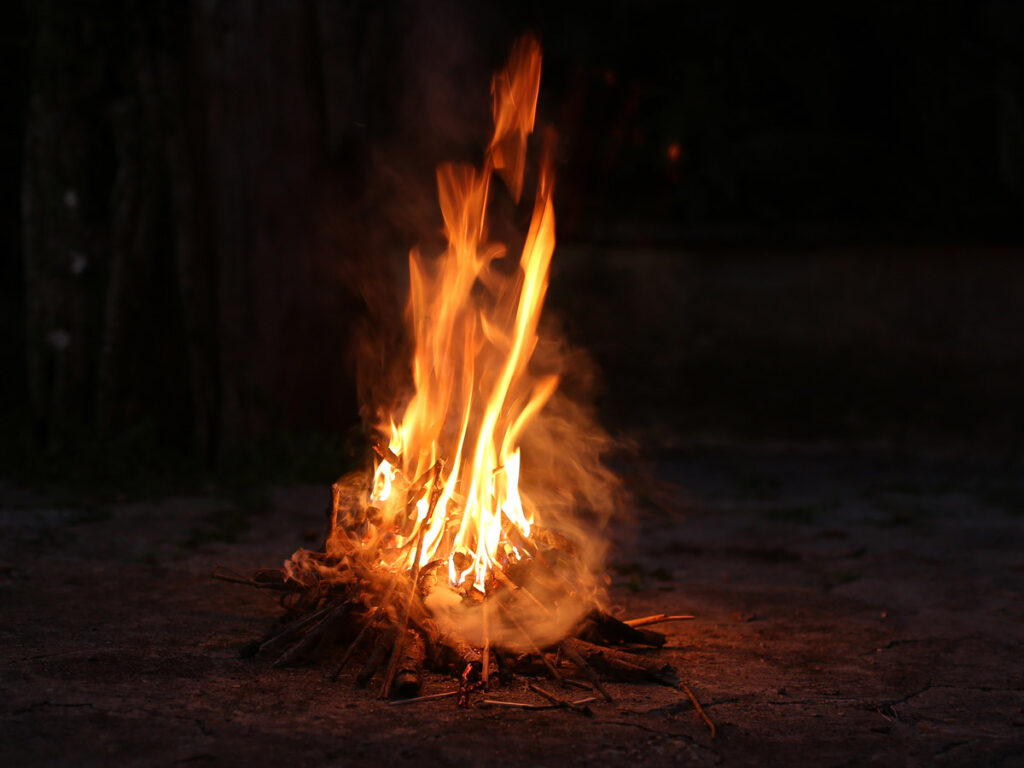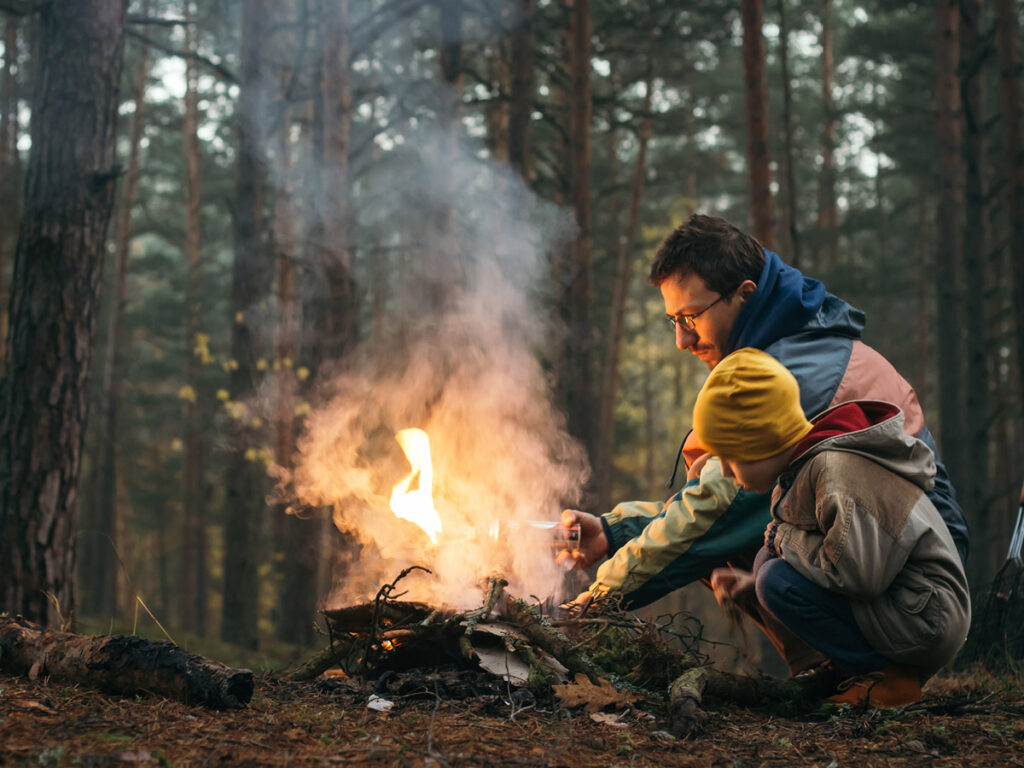
Stories are integral to our humanity, connecting us in ways that transcend time and culture. Originating around the fire, storytelling emerged as a means of sharing experiences and fostering empathy among early communities.
As fire provided warmth and transformed raw foods into nourishment, it also served as a focal point for communal gatherings at the day’s end, where stories were exchanged alongside meals.

The allure of the fire, with its flickering light and comforting warmth, captivated listeners and provided an ideal backdrop for the development of storytelling as an art form. This tradition not only transmitted knowledge but also nurtured empathy by allowing individuals to vicariously experience others’ lives and emotions.
Anthropologist Polly Wiessner’s research underscores the pivotal role of fire in human evolution. She observed that evening gatherings around the fire shifted conversations from practical matters of survival to more abstract topics of connection and creativity. This distinction highlights the dual nature of human existence, where both practicality and social cohesion are essential for community well-being.

Wiessner argues that these “unproductive” evening hours are as vital as daytime activities, contributing to a balanced and cohesive social fabric. The enduring practice of gathering around fire pits or hearths today reflects this ancient tradition, where the shared warmth and intimate atmosphere continue to evoke a primal desire for storytelling and human connection.
In essence, the fire has been more than a source of physical warmth; it has ignited the embers of culture and society, shaping our understanding of community and reinforcing our shared humanity across generations. As we continue to gather around fires, we honour this timeless legacy of storytelling that binds us together in a shared narrative of human experience. The symbolic warmth and intimacy of the flame, whether the fire or candlelight, evokes an ancient desire for storytelling and human connection that reminds us of our most fundamental selves.
Polly Wiessner’s ethnography, published in the journal Proceeding of the National Academy of Sciences, can be read here.


